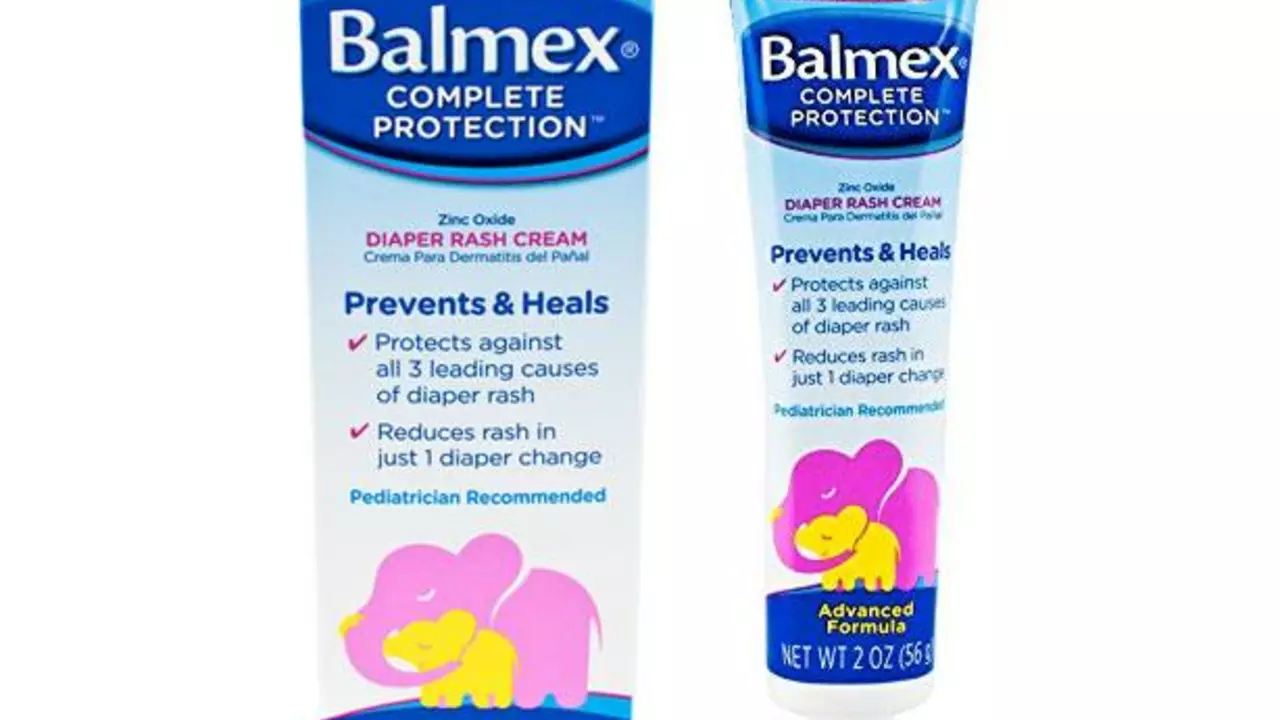Butenafine: A simple guide to what it treats and how to use it
Heard of butenafine and not sure what it does? It’s a topical antifungal commonly used for athlete’s foot, jock itch, and ringworm. You rub a small amount on the affected area and it helps stop the fungus from growing. That’s the short version—here’s what matters when you actually need it.
Butenafine comes as a cream you apply once or twice daily, depending on the product instructions. Most people start to feel better within a few days, but you should finish the full course—usually one to four weeks—so the infection doesn’t come back. Skipping doses or stopping early is the main reason infections return.
How to use butenafine safely
Wash and dry the area first; fungi love damp skin. Apply a thin layer and rub it in gently. Don’t cover with tight dressings unless your doctor says so. If you’re treating foot fungus, let shoes and socks dry out between wears and use breathable footwear. Wash towels and socks after use to avoid re-infection.
If you miss a dose, apply it as soon as you remember that day. Don’t double up the next time. For kids, follow pediatric dosing or ask a pharmacist—many products are fine for older children but age limits can vary. If you have broken skin or a severe rash, check with a healthcare provider before using.
Side effects, interactions, and when to call a doctor
Most people tolerate butenafine well. Mild side effects include burning, stinging, redness, or irritation where you apply it. These usually fade after a few days. Serious allergic reactions are rare but seek urgent help if you get swelling, hives, or trouble breathing.
Butenafine is topical, so systemic drug interactions are unlikely. Still, tell your doctor about other topical products you use—steroids or other antifungals can change how well it works. If your infection gets worse, spreads, or doesn’t start improving in 2 weeks, see a clinician. Nail and scalp fungal infections often need oral meds, so topical treatment alone may not help.
Buying online? Use trusted pharmacies with clear contact info and proper labeling. Avoid sellers that don’t require a prescription for drugs that should have one or offer suspiciously low prices. CanadianPharmacyWorld recommends checking reviews, pharmacy licenses, and secure checkout before you click buy.
Questions like: “Can I use it with moisturizer?”—yes, but leave a short gap so the cream absorbs. “Can I use it on my face?”—be careful: facial skin is sensitive, so ask a doc first. For pregnant or breastfeeding women, check with a healthcare provider before using any antifungal.
Butenafine works well for many common skin fungi when used correctly. If you’re unsure it’s the right treatment for your symptoms, get a quick check from a pharmacist or doctor. That saves time and prevents the infection from dragging on.
- Colin Hurd
- Jul, 21 2023
- 17 Comments
Butenafine for the treatment of diaper rash
In my latest research, I've discovered that Butenafine, an antifungal medication, is quite effective in treating diaper rash. This condition, often caused by yeast or fungal infections, can be particularly stubborn to get rid of. Butenafine works by stopping the growth of fungus, providing relief for the baby's irritated skin. It is always advised, however, to consult a healthcare professional before beginning any new treatment. So, don't hesitate to reach out to your pediatrician if your little one is suffering from a persistent diaper rash.

